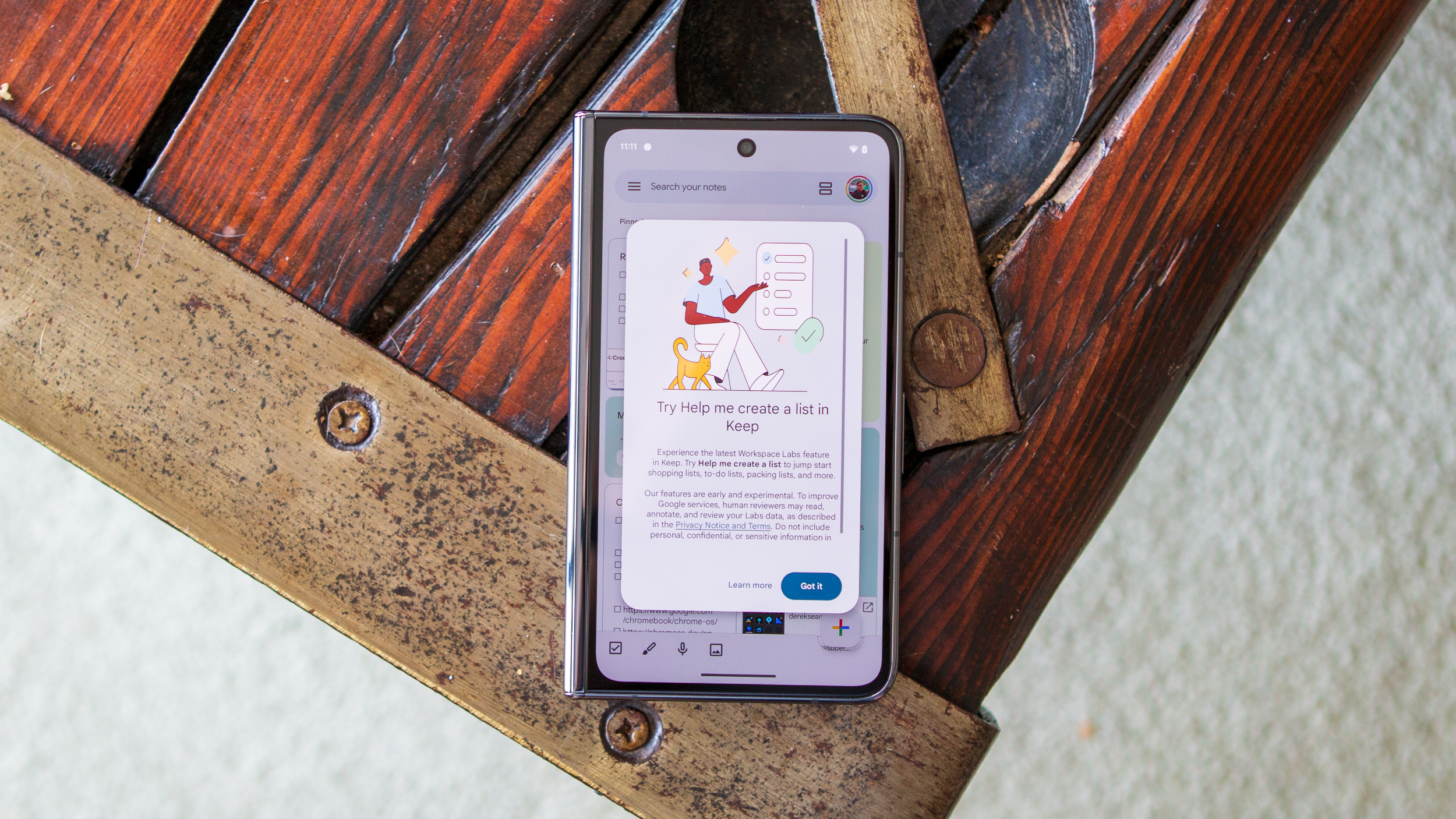Fitbit Luxe: How it convinced me to move from a smartwatch to a fitness tracker
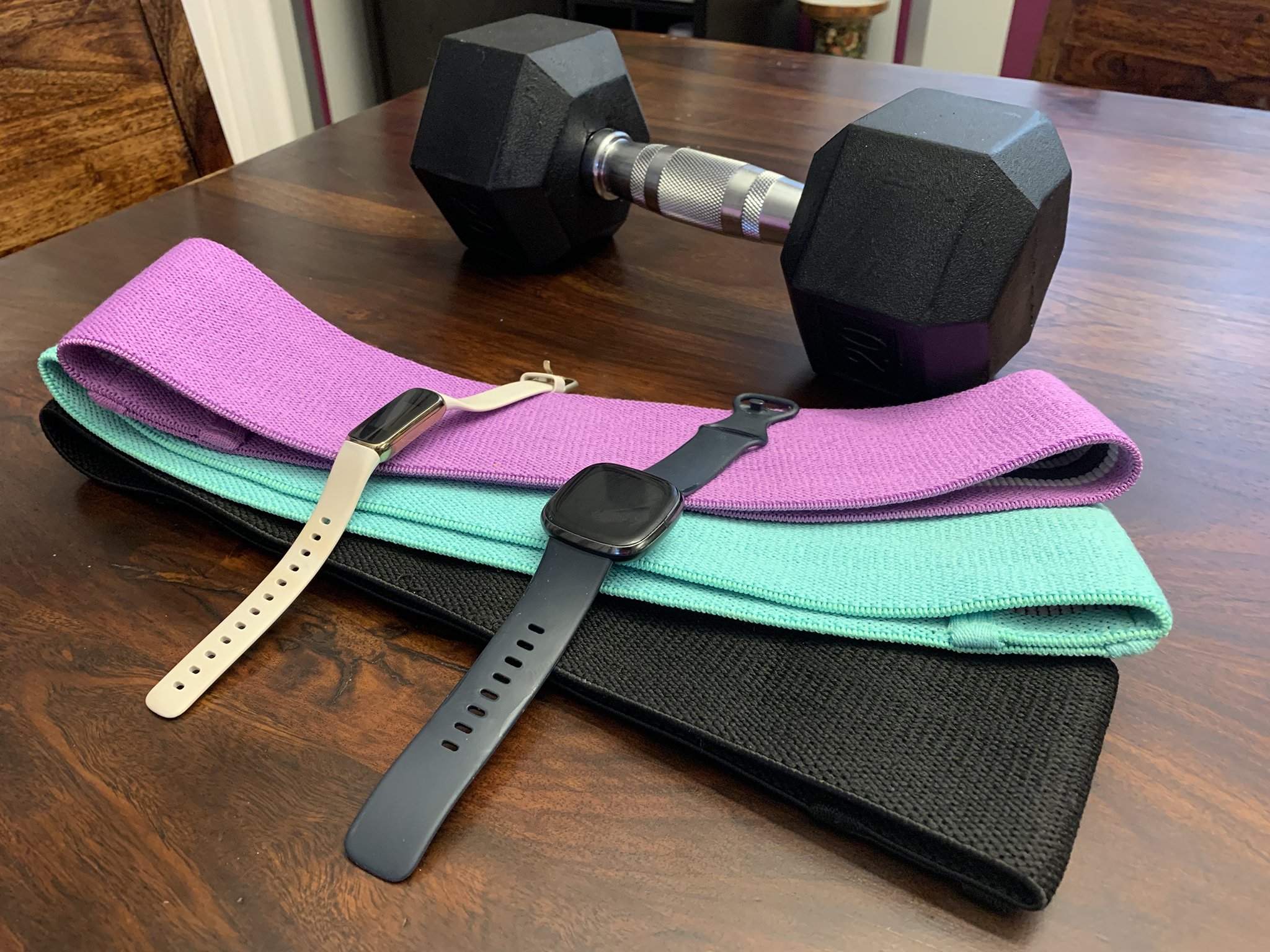
For several years, I have been on the smartwatch bandwagon. From the Fitbit Versa to the Versa 2, Apple Watch, Garmin Forerunner, and Fitbit Sense, with models I have reviewed and my personal smartwatch, I have become used to the big screen and tons of data on my wrist. I didn't think I could ever go back. That is until I tried the Fitbit Luxe.
One would think that if any activity tracker could convince someone that they didn't need a fancy smartwatch, it would be a fitness-focused model like the Fitbit Inspire 2 or Samsung Galaxy Fit2. But alas, this fashion-forward beauty has opened my eyes to the fact that all of the bells and whistles that come with a smartwatch might not be necessary.
Why an activity tracker like the Luxe is enough for fitness
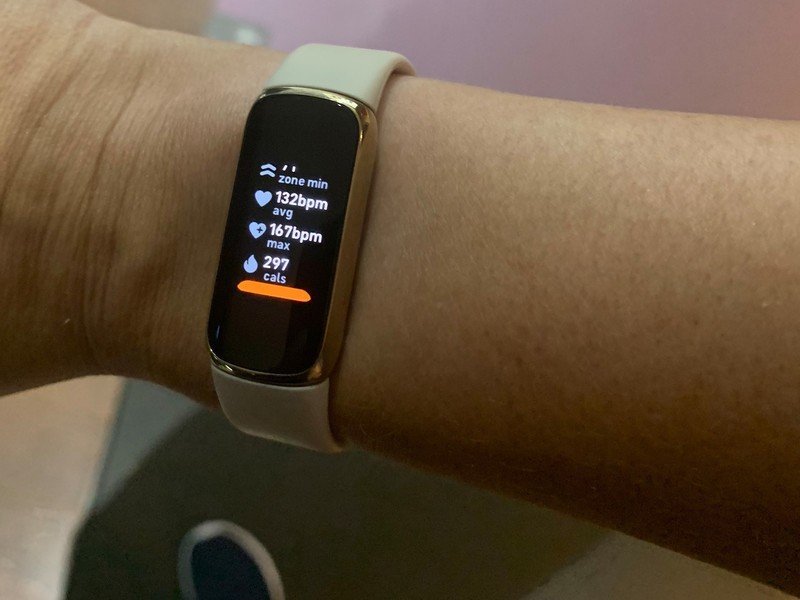
From the perspective of someone who focuses on physical fitness, going for walks/runs/jogs several times a week, and exercises daily, I make sure to put any activity tracker or smartwatch I wear through its paces. I want it to track every stat under the sun, and, admittedly, I also obsessively check my sleep, heart rate, active minutes, and more.
Many activity trackers, like the Fitbit Luxe, cater to these needs. The two most notable omissions with this activity tracker are Sp02 tracking, which is actually coming soon, and stair climbs, which I can probably learn to live without. While I'd prefer to have the data, keep in mind that other activity trackers do track elevation even if the Luxe doesn't.
Others might not really need other features that appeal to fitness enthusiasts. For example, most people love the idea of going for a run or walk without their phone in tow, which is possible thanks to feature-rich smartwatches that have both built-in GPS for mapping your route and storage for music. But even when I wore other smartwatches, I never went for a run/walk without my phone anyway. Not only do I like to keep on top of important work e-mails and messages (I go for walks/runs during the workday), but I feel like it's an essential safety tool to always have your phone with you, especially as a woman. This can be solved by using a smartwatch with cellular connectivity, but those come in at a much higher premium in price. Admittedly, while I loved being able to leave my phone in the locker while I listened to downloaded Apple Music playlists from an Apple Watch when I used to go to the gym, since I work out exclusively from home now, that feature isn't really important to me anymore.
If you like to track specific sports, whether it's swimming or cycling, you get access to all of the same activities and sports tracking from the Luxe as you do from a Fitbit smartwatch. This includes SmartTrack, which senses what you're doing and kicks in to automatically track an activity if you forget to start the workout manually. It also tracks heart rate 24/7 and Active Zone Minutes, so I know when I have reached peak heart rate, fat burn, and cardio zones.
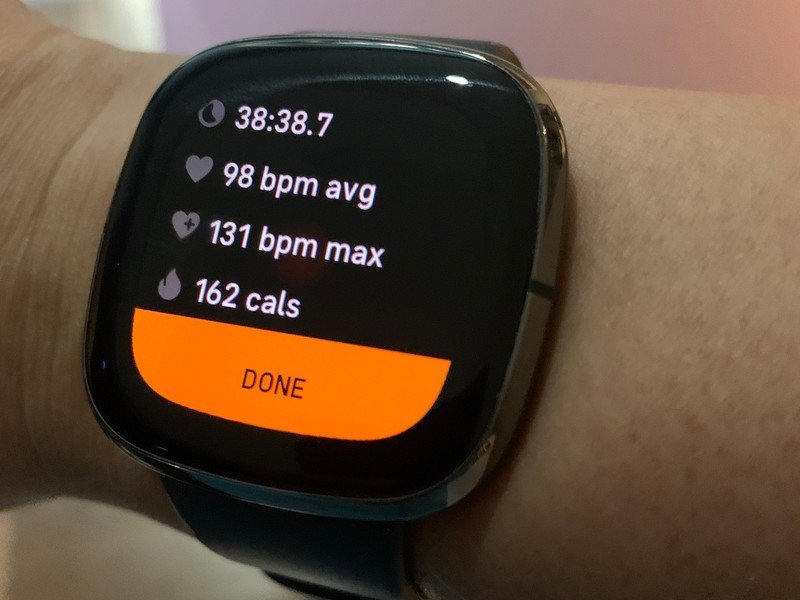
Yes, you will have to sacrifice in some areas if you switch from a smartwatch to an activity tracker. For example, I felt a tremendous loss when I had to return a Garmin Forerunner smartwatch I was reviewing, missing the detailed running and walking stats it provided along with other fitness data that less expensive smartwatches don't track and that you certainly can't get from any basic activity tracker. If you live deep within the Apple ecosystem and own an Apple Watch, you might also be scratching your head at the perceived impossibility that I'm discussing. But it's definitely a jump backward that's worth making when looking at mid-level smartwatches versus high-end activity trackers.
Get the latest news from Android Central, your trusted companion in the world of Android
About more than just activity
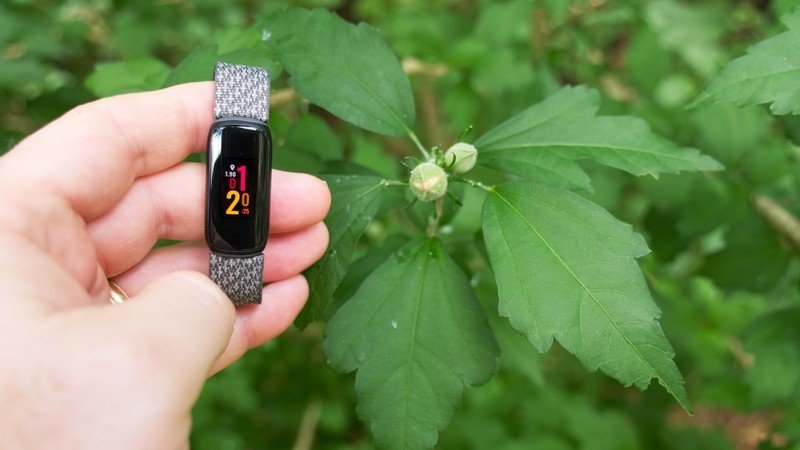
It isn't all about fitness though: most of us wear smartwatches and activity trackers for other reasons, too. Trackers like the Fitbit Luxe are no longer (or at least shouldn't be) referred to as activity or fitness trackers but rather wellness trackers. This is because they keep on top of more than just your activity levels, including your lack-there-of, as well as cooldown periods, stress, and sleep.
I get the same stress and sleep tracking with the Luxe as I did with my smartwatch, along with menstrual health tracking, guided breathing sessions, and more.
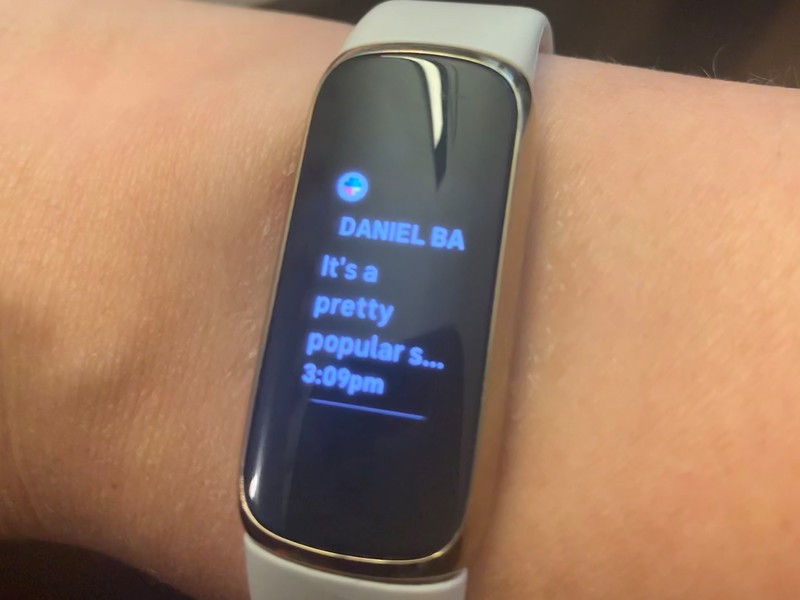
Plus, notifications appear on the screen, even if they are via much smaller text. Does this matter? I realized I rarely checked my watch for notifications anyway because, nine times out of 10, I had my phone close by. If I didn't, like those times when I was driving, washing dishes, or mid-workout, I could easily glance at the tiny text on the Luxe to see who was messaging me and if it was urgent or not. That's all I really needed to know. If it was an urgent message, I'd grab my phone. If it wasn't, I'd carry on with what I was doing with the intention of replying or addressing the message later.
When considering the Fitbit Luxe, one thing worth noting is that if you have larger wrists or you're far-sighted, the Luxe might not be for you. This is because it displays really tiny text and has a limited wrist span on which it will fit, even with the larger band option. But there are plenty of other activity/fitness/wellness trackers from Fitbit and others that are designed for larger wrists and with screens that might be easier to read than the Luxe but are still not as large as a smartwatch.
Can you switch from a smartwatch to a fitness tracker?

You might actually find switching from a smartwatch to an activity tracker to be kind of freeing. You don't feel as tethered to a big screen on your wrist, constantly looking over to obsess over notifications or see who has liked your latest Facebook post.
Sure, you don't have some of the niceties like being able to pay for items from your wrist, controlling smart home devices, listening to music, accessing voice assistants, and more. But before you rush out to buy something bigger and/or more expensive, ask yourself how often you actually use those features.
There are absolutely some concessions that need to be made in order to switch from a smartwatch to a fitness tracker. But after having worn the Fitbit Luxe for weeks, while I thought I would be anxious to get my Sense back on my wrist, I'm surprisingly not in any rush to put the much more expensive smartwatch back on. Perhaps I might feel differently in a few weeks. But for now, I'm not missing being able to see full text across a square-shaped screen. I listen to music via my smartphone and true wireless earbuds and never bothered to transfer music to my smartwatch anyway. The only thing I miss is Sp02 tracking, but it will be available soon for the Luxe (and it's available on other activity trackers, too, like the Fitbit Charge 4 and Garmin vivosmart 4).
Smartwatches appeal to those who need to keep in touch with the office while on the go. For example, you can discreetly read messages while in a meeting or pay for show tickets right from your wrist without having to take your smartphone out of your pockets. But, of course, when you're talking premium level Apple Watches, that's a whole other ballgame as there are tons of other advantages that wearers won't want to give up.
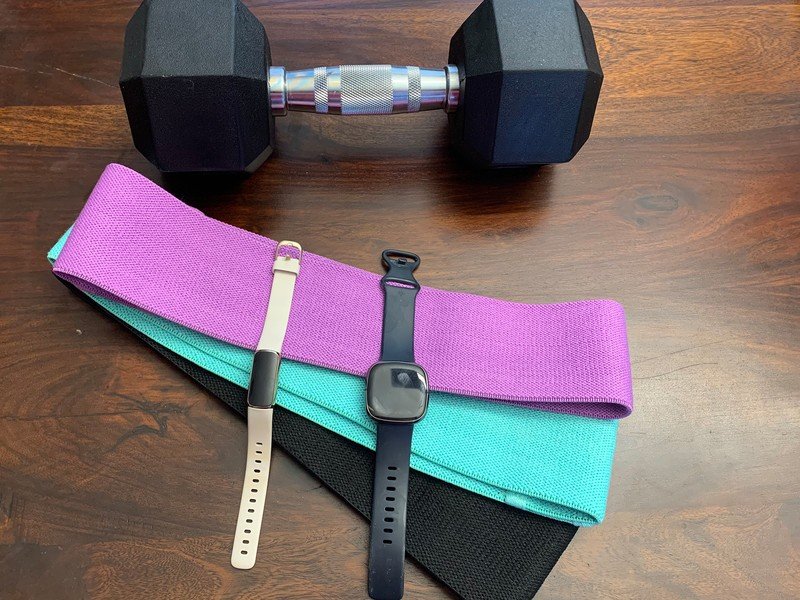
The best features for fitness enthusiasts on smartwatches are being integrated into premium activity trackers now. Sometimes, and for some people, less is more. And "cool-to-have" features are just that – cool to have, but you can also live without them.
Don't get me wrong. I understand that there's a certain prestige in having a large-faced device on your wrist so you can feel like Knight Rider, James Bond, Inspector Gadget, Dick Tracy, Captain Kirk — insert the name of your once futuristic idol here. But, while smartphones are getting slimmer and sleeker (though admittedly also bigger), activity trackers that can accomplish the core functions of a smartwatch with less of a footprint are worth considering.
Interestingly, it was an elegant little tracker called the Fitbit Luxe, which many consider to be a fashion tracker above all else, that proved to me that a bulky smartwatch might not necessarily be needed. I can still keep track of the most rigorous workouts, stay on top of notifications for those rare moments when I'm not in front of my computer or phone, and enjoy all of the same benefits of the Fitbit app I always have.
Will I ever switch back? That's up in the air. But, for now, I'm enjoying working out in style and still capturing the critical data that helps me work towards my fitness - er, sorry, wellness - goals.
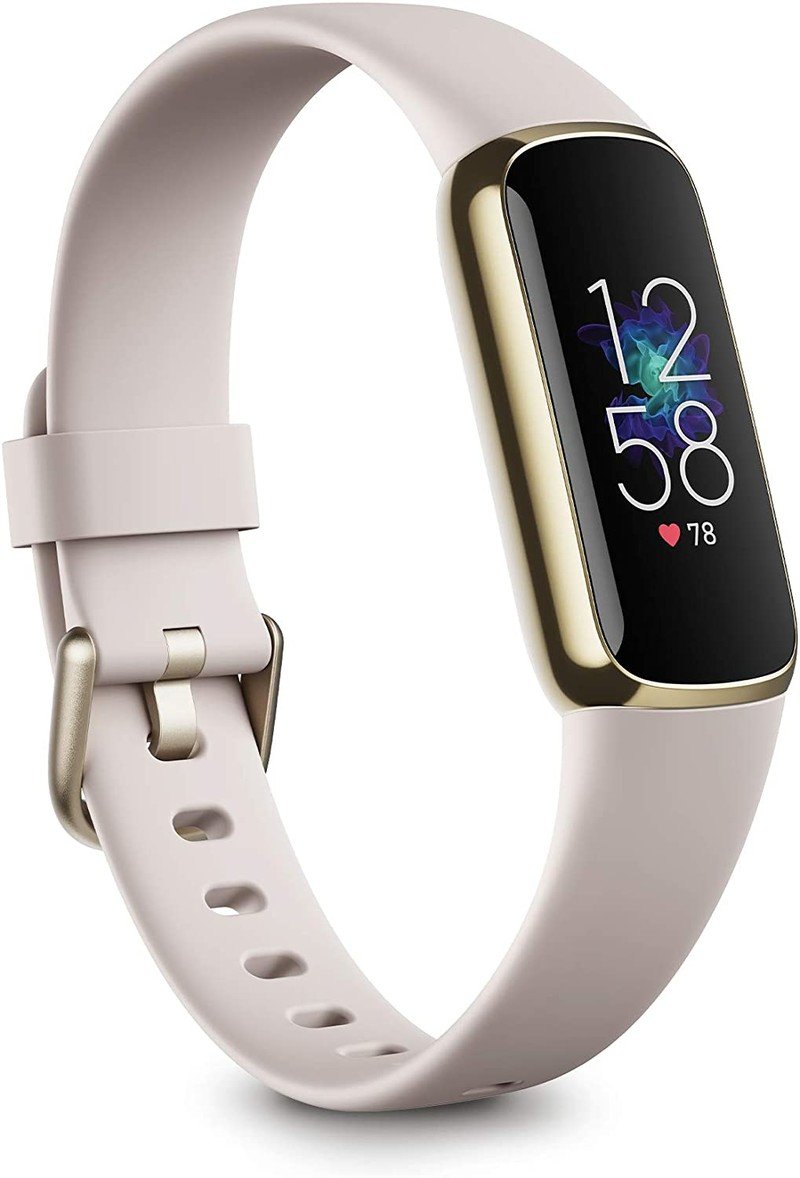
It's more than a pretty face
It's easy to, at first glance, write the Fitbit Luxe off as nothing more than a glorified step counter that focuses more on fashion than function. But that couldn't be further from the truth. If you work out or play sports and want a tracker that can do everything a smartwatch does, this one, for the most part, delivers. And it's a fraction of the price.
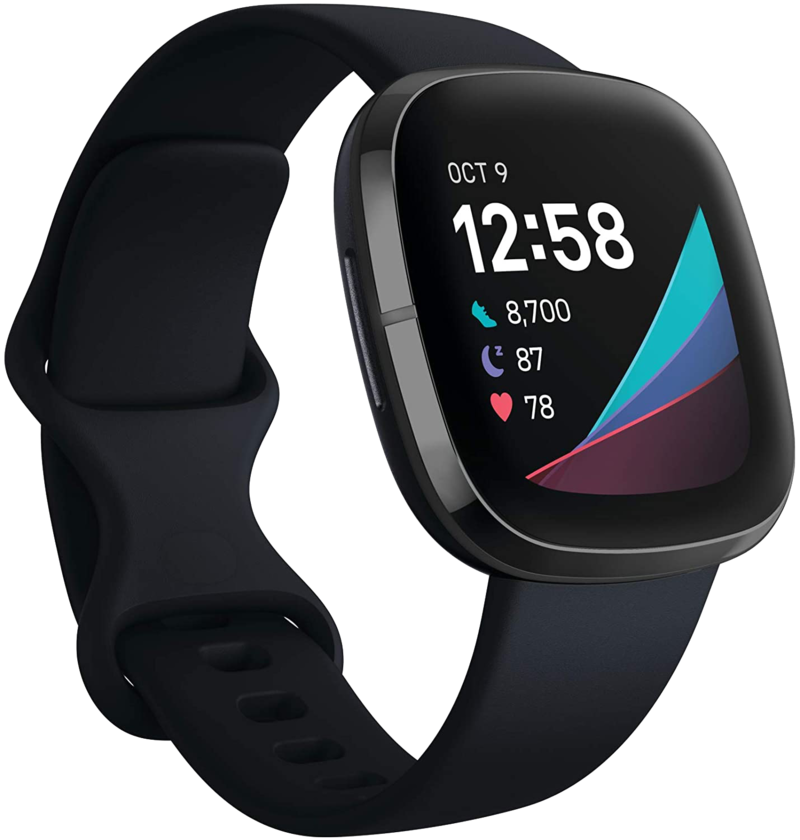
Added features you might need
From the larger screen for reading messages to the ability to access apps, store music, and watch animated workouts right on the screen, there are definite upgrades with a smartwatch like the Fitbit Sense over a tracker. It all comes down to whether you'd actually use these features or not or if you're willing to sacrifice them for a sleeker design.

Christine Persaud has been writing about tech since long before the smartphone was even a "thing." When she isn't writing, she's working on her latest fitness program, binging a new TV series, tinkering with tech gadgets she's reviewing, or spending time with family and friends. A self-professed TV nerd, lover of red wine, and passionate home cook, she's immersed in tech in every facet of her life. Follow her at @christineTechCA.
